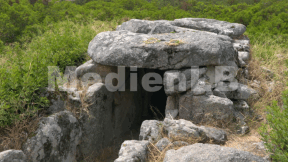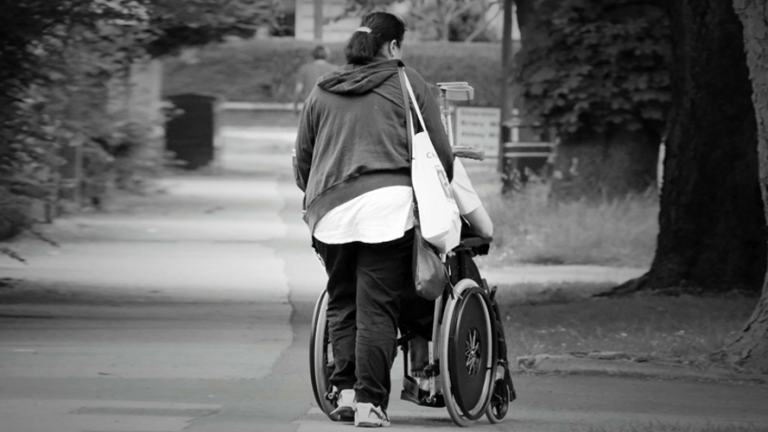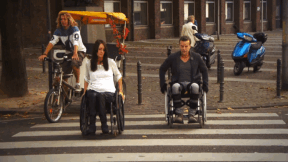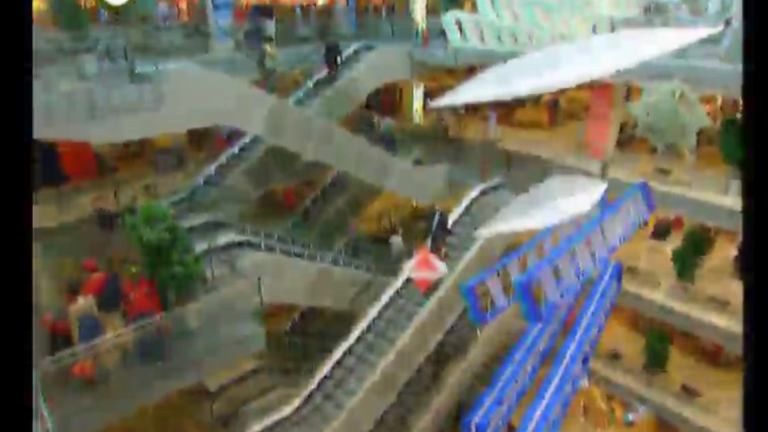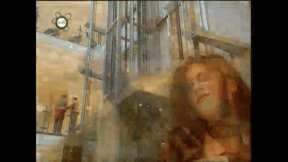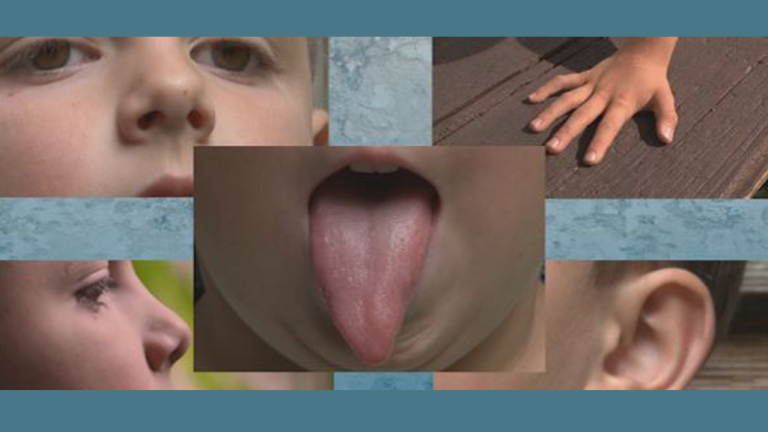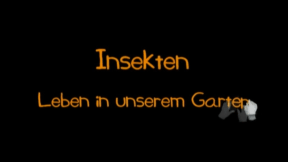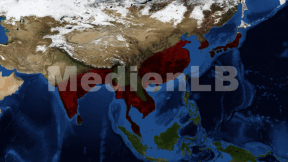Suche:
- # Artistry
- # Biology
- # Chemistry
- # Ecological
- # Economy
- # English
- # Foreign Language
- # Geography
- # German
- # Health
- # History
- # Informatik
- # Latin
- # Mathematics
- # Media Education
- # Music
- # Physics
- # Politics / Civics
- # Preschool
- # Primary School
- # Religion
- # Society
- # Sports
- # Technology
- # Training of Teachers
- # Vocational Education
Kitchen Skills
In Zusammenarbeit mit dem GORILLA Schulprogramm gibt Ernährungscoach Anna wertvolle Tipps, die sich sofort in der Küche anwenden lassen. In einer bunten Mischung zeigt sie, wie man mit einer Zitrone Oberflächen reinigen kann, wie man Rote Beete schält, ohne dass die Hände rot werden oder auch, wie man ohne Tränen Zwiebeln schneiden kann.
Learn moreTanzschule
Wenn Jugendliche sich zu Erwachsenen entwickeln, merken sie schnell, dass sie auch im täglichen Umgang mit ihren Mitmenschen zunehmend nach anderen Maßstäben beurteilt werden als zuvor. Besonders bei der Partnersuche gelten seit jeher ganz spezielle Spielregeln.
Learn moreLeben im Rollstuhl
Für fünf Tage schlüpft der Journalist und Schauspieler Jenke von Wilmsdorff in die Rolle eines Rollstuhlfahrers. Von dem Experiment erhofft er sich, ein besseres Verständnis zu entwickeln für den Alltag und die Bedürfnisse gehbehinderter Menschen.
Learn moreMulti-Kulti
In Deutschland leben über sieben Millionen Ausländer: so eine Erhebung des Statistischen Bundesamtes aus dem Jahr 2006. Besonders Türken, aber auch Italiener und Polen zieht es in deutsche Lande. Bei so vielen verschiedenen Kulturen gibt es auch einiges zu entdecken. Wie feiern Türken Hochzeit? Was kochen Nigerianer am liebsten? Und wie sehen ausländische Mitbürger eigentlich die Deutschen? „Schau Dich schlau!“ zeigt, wie multi-kulturell und bunt es in Deutschland zugeht und räumt mit hartnäckigen Vorurteilen auf.
Learn moreKaufhaus
„Schau dich schlau!“ begibt sich in eine der ältesten deutschen Warenhausketten und zeigt an diesem Beispiel, was alles nötig ist, damit die Kunden sorgenfrei einkaufen können.
Learn moreBeatbox
Beatboxing ist eine Technik der Stimmenimitation, die seit den 1980er Jahren eine weite Verbreitung vor allem in der Hip-Hop-Musik gefunden hat. Beatboxing sorgt stets für großes Erstaunen, wenn die Bestandteile eines Schlagzeugs, Kick Drum, Hi Hat und Snare Drum verblüffend realistisch nachgeahmt werden.
Learn moreDiscovering the World with All Senses
Professor: “Hello, children! My name is Elfriede von Knatterberg and I’m a scientist. Perhaps we already know each other from a previous film. I’m very pleased to discover the world with you today because I’m interested in everything around me and love finding out how things work. Do you love it, too? How do we actually find out how things are made around us? We see with our eyes, feel with our skin, smell with our nose, taste with our tongue and hear with our ears. These are our senses“. With the eyes we see whether it is light or dark, whether something is multicoloured or just one colour, big, small, thick or thin. Our sense of sight also helps us to determine which way we can go without colliding with someone, where obstacles are or which place is still free.
Learn moreInsects
Many families have got gardens adjacent to their houses and they are a must in kindergarten, too. When children are in nature and move around, they discover their environment with all their senses. In every meadow, scuttling, crawling, buzzing and bumbling creatures can be found.
Learn moreReis
Reis gehört zu den am meisten als Nahrungsmittel genutzten Pflanzen auf der Welt. Für einen Großteil der Weltbevölkerung bildet Reis die Nahrungsgrundlage.
Learn more




